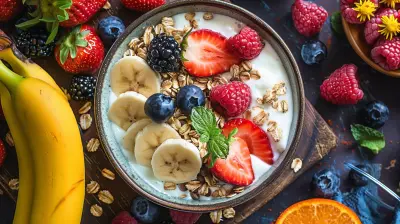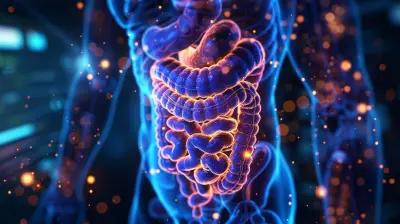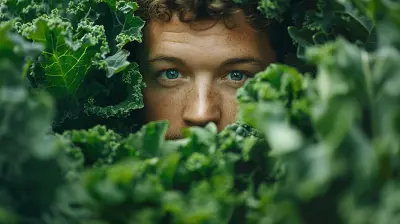How to Build a Balanced Vegan Meal Plan
7 October 2025
Switching to a vegan diet is a fantastic decision for your health, the environment, and animal welfare. But let’s be real—eating a balanced vegan diet takes a little bit of planning. You want to make sure you're getting all the nutrients your body needs while still enjoying delicious, satisfying meals.
So, how do you do it? Let’s break it down step by step and create a balanced vegan meal plan you’ll actually love sticking to!
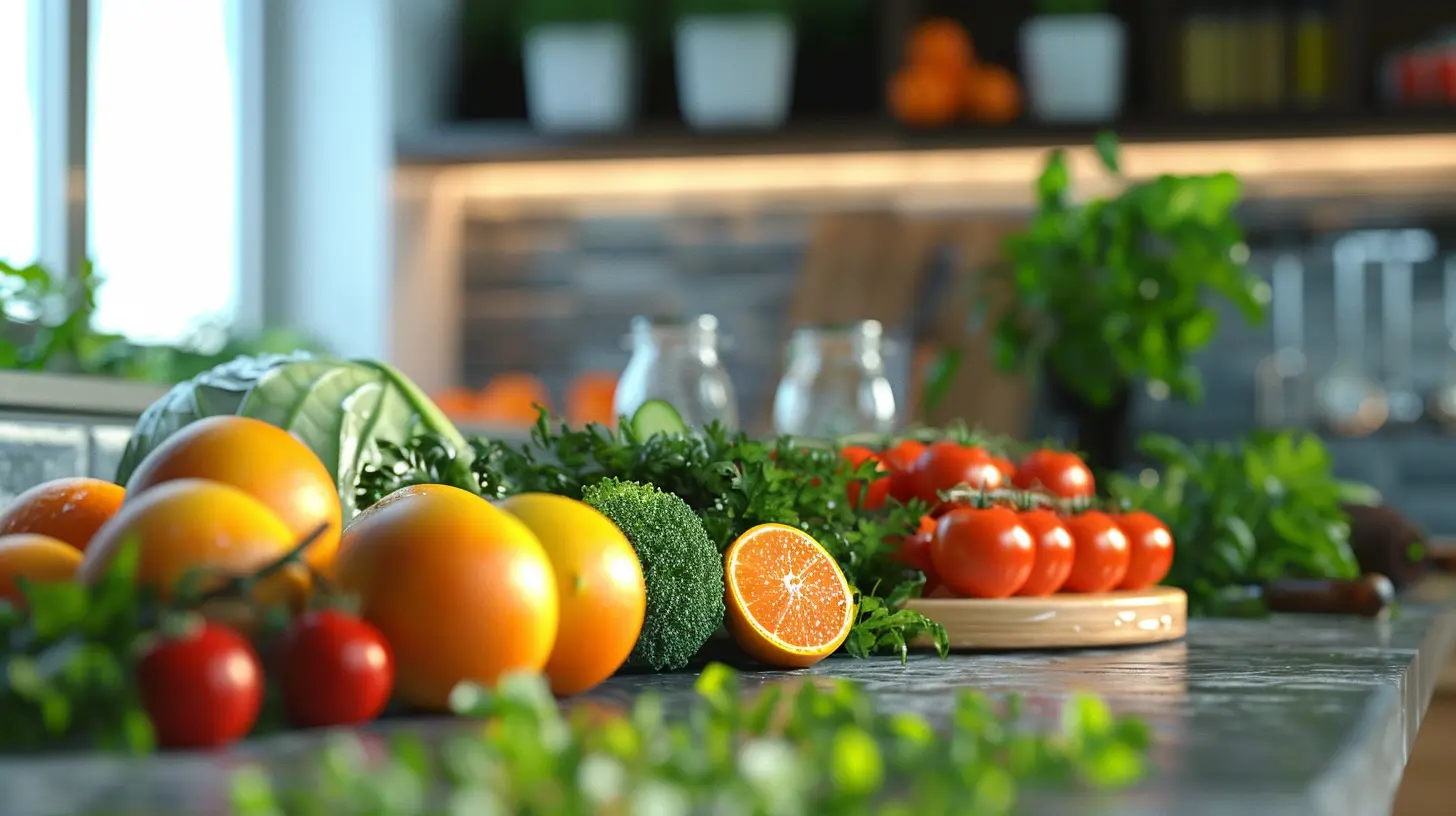
Why a Balanced Vegan Diet Matters
Going vegan isn’t just about cutting out animal products—it’s about nourishing your body with a variety of nutrient-dense foods. Without proper planning, you might end up missing out on key nutrients like protein, iron, vitamin B12, and omega-3 fatty acids.A well-balanced vegan diet should:
- Provide all essential macronutrients (proteins, carbohydrates, and fats)
- Supply key vitamins and minerals
- Include fiber-rich foods for digestive health
- Keep you feeling full and energized
Now, let's break down the components of a solid vegan meal plan.
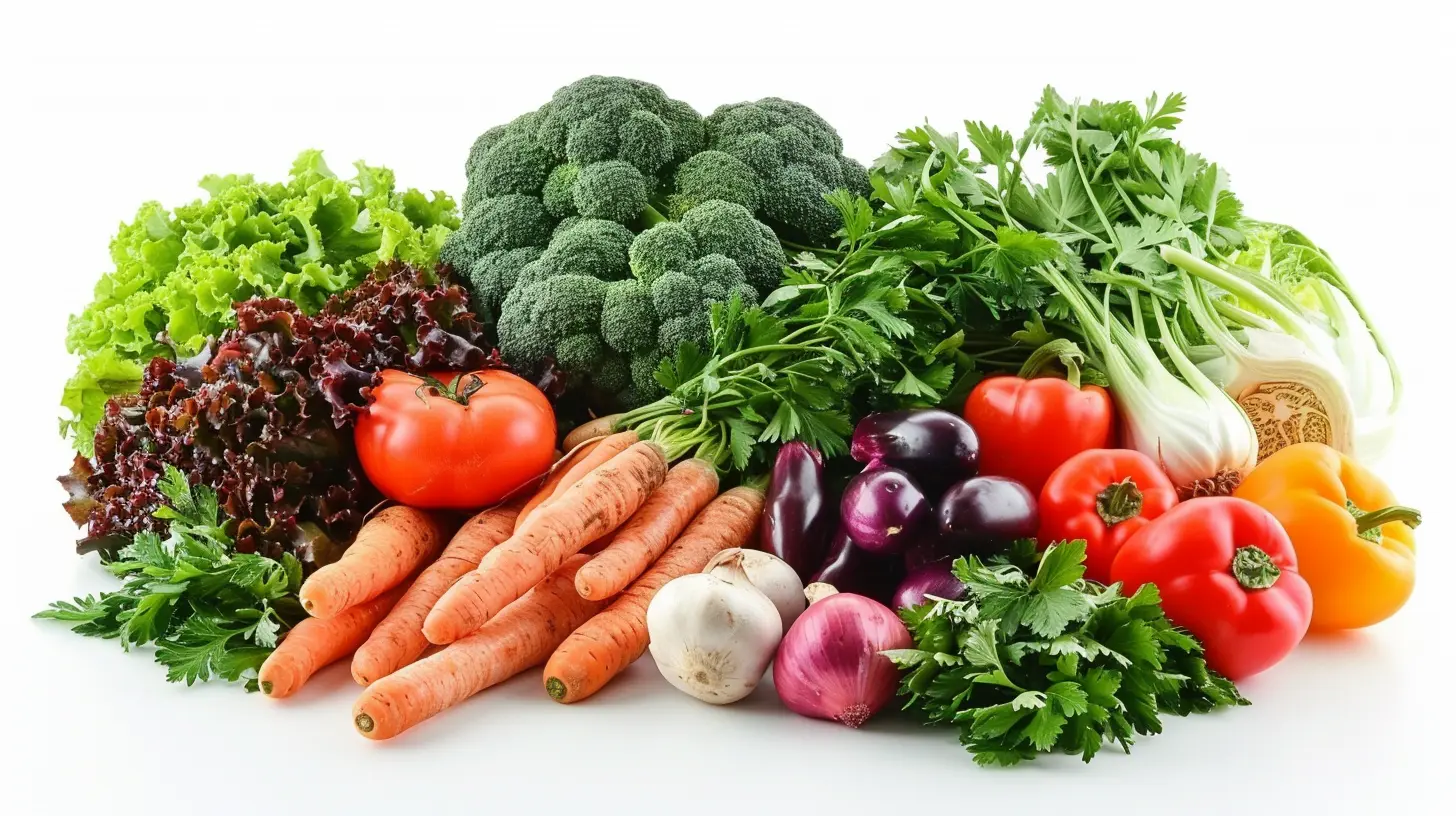
1. Prioritize Protein-Rich Foods
Protein is crucial for muscle repair, immune function, and overall health. Some people assume it's hard to get enough protein on a vegan diet—spoiler alert: it’s not!Best Vegan Protein Sources:
- Legumes (lentils, chickpeas, black beans, kidney beans)- Tofu & Tempeh (great meat substitutes packed with protein)
- Seitan (a high-protein wheat-based meat alternative)
- Quinoa (a grain that’s also a complete protein)
- Nuts & Seeds (almonds, peanuts, chia seeds, hemp seeds)
How to Add More Protein to Your Meals:
- Toss chickpeas into your salad- Add a scoop of hemp seeds to your smoothie
- Include tempeh or tofu in stir-fries
- Snack on a handful of almonds or pumpkin seeds
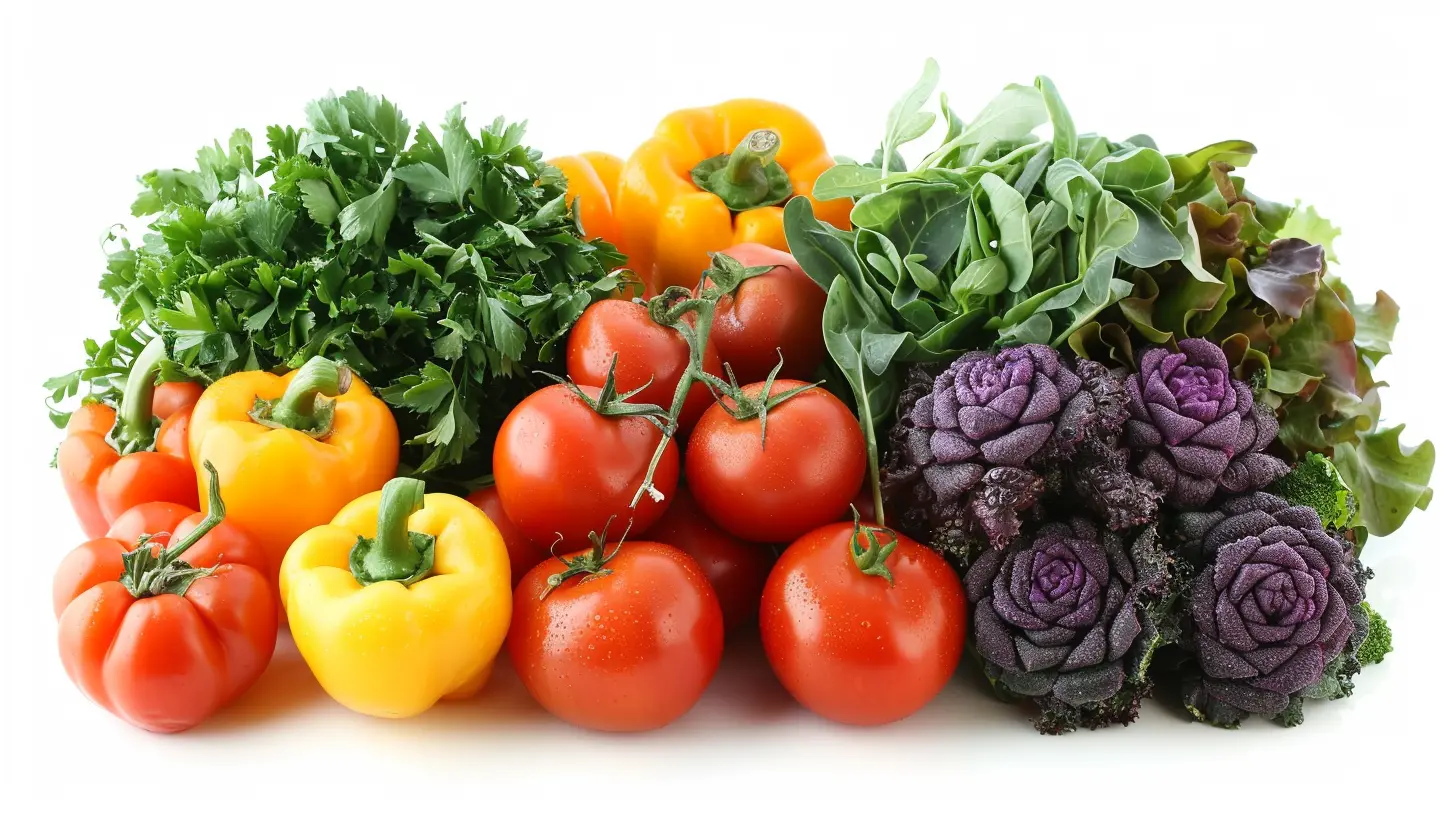
2. Get Enough Healthy Fats
Healthy fats are essential for brain function, hormone production, and absorbing fat-soluble vitamins (A, D, E, and K).Best Vegan Fat Sources:
- Avocados (perfect for toast, salads, and smoothies)- Nuts & Nut Butters (almond, peanut, cashew)
- Seeds (chia, flax, hemp, sunflower)
- Olive Oil & Coconut Oil (great for cooking and dressings)
- Dark Chocolate (yes, chocolate can be good for you!)
Easy Ways to Incorporate Healthy Fats:
- Drizzle olive oil over roasted veggies- Add flaxseeds to your morning oats
- Spread almond butter on whole-grain toast
- Snack on walnuts for an omega-3 boost
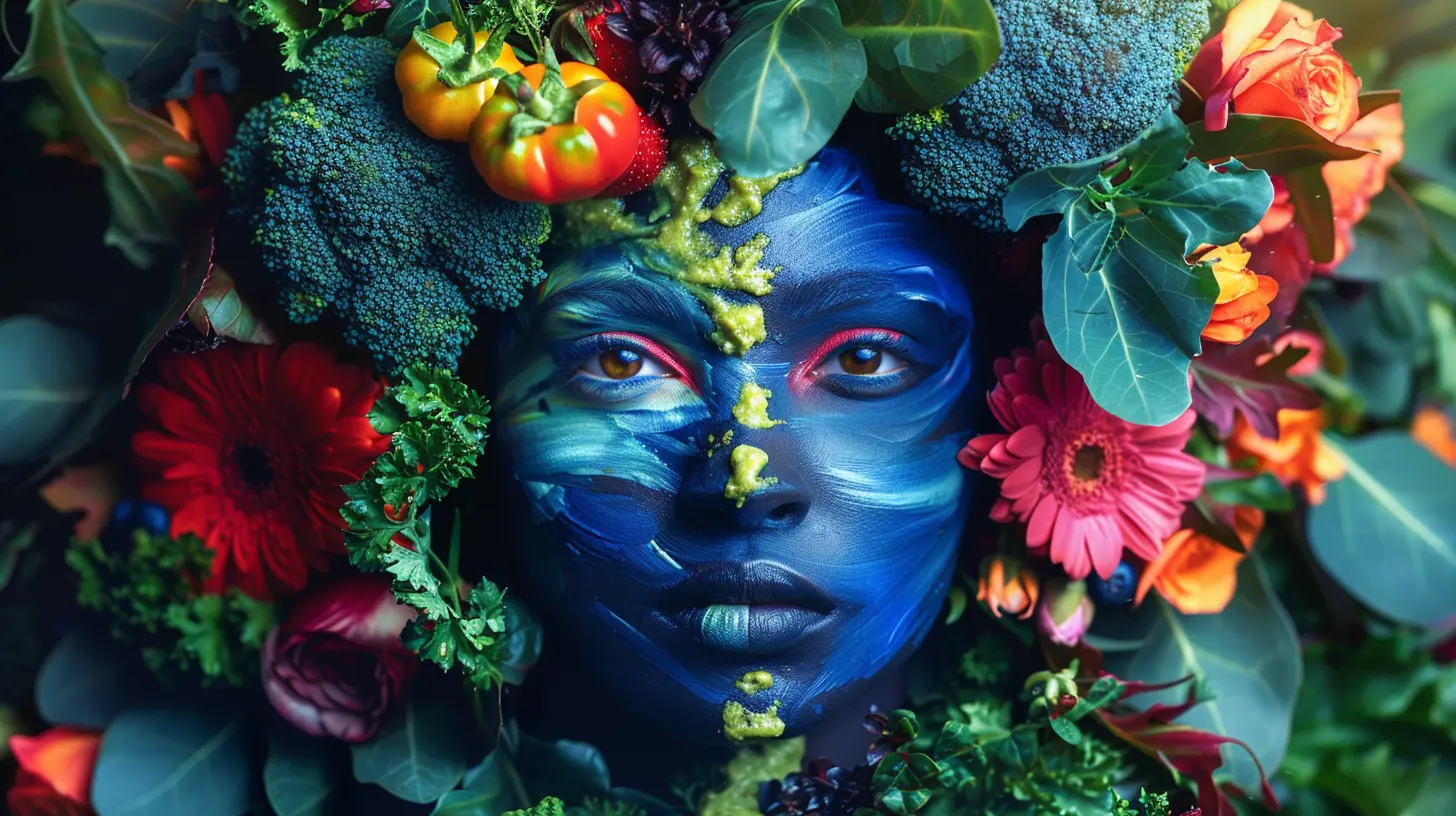
3. Load Up on Fiber-Rich Carbohydrates
Carbs often get a bad rap, but they’re your body’s primary energy source. The key is choosing complex carbs that provide fiber and essential nutrients.Best Vegan (and Healthy) Carb Sources:
- Whole Grains (brown rice, quinoa, whole wheat bread, oats)- Legumes (beans and lentils provide both protein and fiber)
- Starchy Vegetables (sweet potatoes, butternut squash, carrots)
- Fruits (bananas, apples, berries, oranges)
Ways to Enjoy Healthy Carbs:
- Start your day with oatmeal topped with nuts and berries- Swap white rice for quinoa in your meals
- Roast sweet potatoes as a side dish
- Snack on hummus with whole-grain crackers
4. Ensure You Get Key Vitamins and Minerals
A vegan diet can sometimes lack certain nutrients, so it’s important to know which ones to focus on.Iron
Iron is essential for keeping your energy levels up. Since plant-based iron (non-heme) isn’t as easily absorbed as animal-based iron, pair iron-rich foods with vitamin C for better absorption.- Iron Sources: Lentils, tofu, spinach, quinoa, pumpkin seeds
- Best Absorption Tip: Eat iron-rich foods with vitamin C (e.g., lemon juice over spinach salad)
Vitamin B12
This vitamin is tricky because it's mostly found in animal products. To avoid deficiency:- Take a B12 supplement
- Eat fortified foods like plant-based milk, cereals, and nutritional yeast
Calcium
You don’t need dairy to get enough calcium! Opt for:- Fortified plant milks (almond, soy, oat)
- Tofu
- Kale
- Almonds
Omega-3 Fatty Acids
Your brain and heart will thank you for adding omega-3s to your diet.- Best sources: Flaxseeds, chia seeds, walnuts, hemp seeds
5. Plan Your Meals the Smart Way
Balancing your meals ensures you're getting all the nutrients you need. Let's look at a sample meal plan.Sample Balanced Vegan Meal Plan
Breakfast
- Overnight oats with chia seeds, banana, and almond butter- A cup of fortified soy milk
Lunch
- Lentil and quinoa salad with roasted veggies- A handful of walnuts for a snack
Dinner
- Stir-fried tofu with broccoli and brown rice- Drizzled with tahini dressing
Snacks
- Hummus with whole-grain crackers- A smoothie with spinach, flaxseeds, and berries
6. Meal Prep Tips for a Hassle-Free Vegan Diet
Let’s be honest—life gets busy! Prepping your meals ahead of time will help you stick to a balanced diet.Easy Meal Prep Hacks:
1. Batch Cook Grains – Cook a big batch of quinoa or brown rice to use throughout the week.2. Pre-Chop Veggies – Store them in containers for quick meals.
3. Make Big Portions – Cook extra servings and refrigerate leftovers.
4. Stock Up on Staples – Keep beans, lentils, nuts, and whole grains in your pantry.
7. Stay Hydrated
Don't forget to drink enough water! Herbal teas, smoothies, and infused water can help keep hydration interesting.Final Thoughts
Building a balanced vegan meal plan isn’t complicated—it just takes a little strategy. Focus on proteins, healthy fats, fiber-rich carbs, and essential vitamins to keep yourself nourished and full of energy.By planning your meals and incorporating a variety of nutrient-rich foods, you’ll stay healthy, satisfied, and excited about your vegan journey. Ready to start planning your next delicious vegan meal? Go for it!
all images in this post were generated using AI tools
Category:
Vegan DietAuthor:

Laura Hudson
Discussion
rate this article
1 comments
Alessia McFarlin
Veggies unite! Transform your plate into a colorful kaleidoscope of nutrients—because even carrots need a balanced social life to thrive! 🥕🌈✨
October 31, 2025 at 4:34 PM
